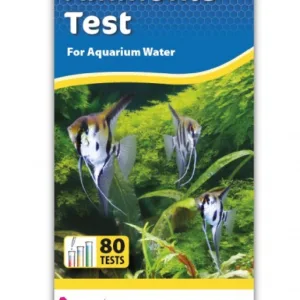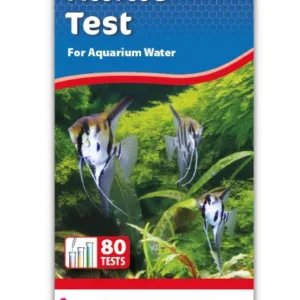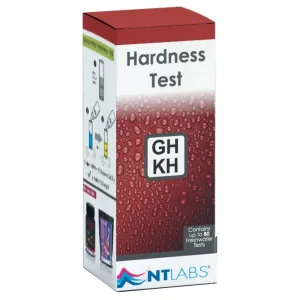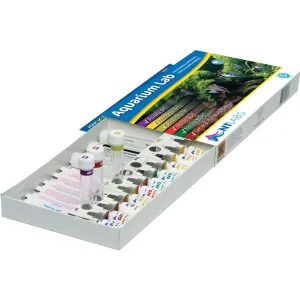What is ammonia?
Ammonia is the main waste product produced by fish as a result of feeding. It can also be generated by the decay of uneaten food or decaying organic matter, such as plant leaves. It is invisible to the naked eye and its presence or absence cannot be determined by looking at the water alone. It is extremely toxic to the fish but is broken down into less toxic nitrite by the beneficial bacteria found in the filter.
What is the correct ammonia level?
There is no occasion where any ammonia is tolerable. A level of zero mg/l (ppm) should be maintained at all times.
What do I do if the ammonia level is wrong?
If a level of 0.2 mg/l (ppm) is found, add a filter booster such as Filter Starter. If a level above this is found, then a substantial water change is essential. Change 25% of the volume for 0.5 – 1.0 mg/l (ppm) ammonia and 50% for ammonia levels above this. Add Ammonia Remover to the filter compartment to remove ammonia. If any amount of ammonia is found, then it is important to check other vital water quality parameters, in particular pH, KH and nitrite.
How to use?
Ensure the test tube is clean.
Take a 5 ml sample of water into the test tube.
Add 5 drops of the reagent Ammonia 1, 5 drops of Ammonia 2 and 5 drops of Ammonia 3.
Replace the test tube cap and shake thoroughly. Wait 10 minutes, then compare the colour of the sample to the colour scale provided. Zero ammonia is represented by a yellow colour. Any hint of green in the sample indicates the presence of ammonia in the water.
This test kit reports concentration in terms of nitrogen (NH3-N) to be compatible with reported safe concentrations as they apply to fish and plants. If you are interested in knowing the ionic concentration of the measured parameter, multiply your result by 1.21 (NH3-N). For more information on this calculation, click here.






